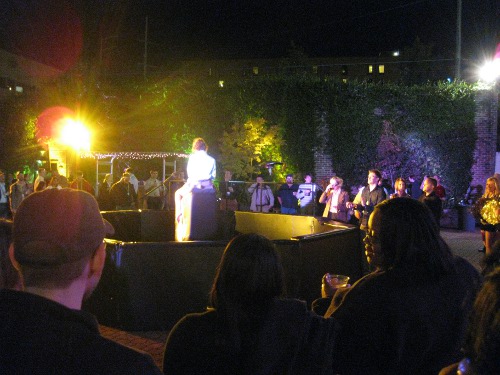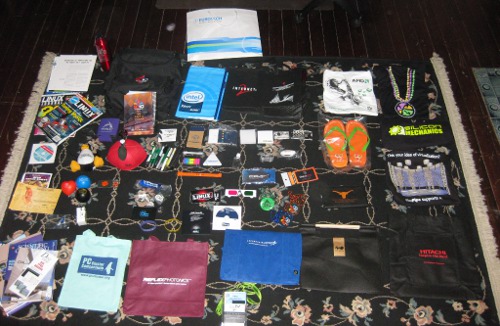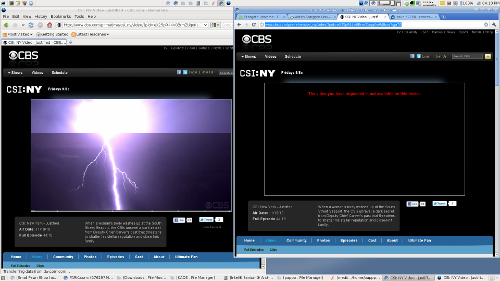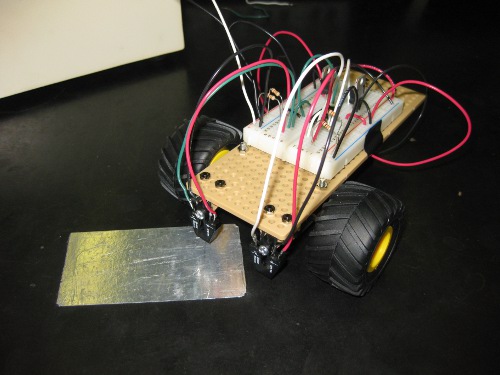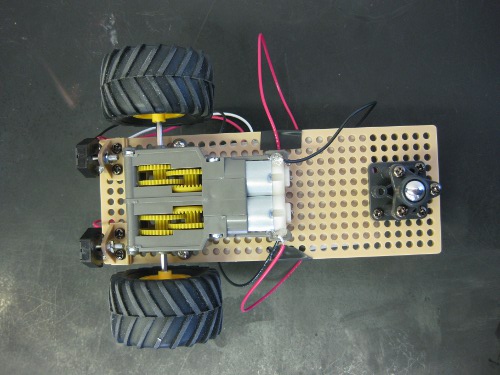TIME magizine chose Mark Zuckerberg as person of the year, despite a reader poll that put Zukerberg in 10th place, and Julian Assange in first, by a large margin. More importantly, Assange has done something in 2010, while Zukerberg is just riding out the natural life-cycle of a not particularly novel technological fad. In a few years, the social networking totem pole will iterate again, and we’ll be making friendster jokes about myspace, myspace jokes about facebook, and facebook jokes about the next social network service to gain precedence, even though they all provide roughly the same functionality as a web page and XMPP. I can only hope the next iteration will be open, decentralized, user controlled, and generally managed in a less repulsive manner, so I don’t find it too objectionable to participate in again.
In contrast, Assange has overseen (and taken the heat for) the release of documentation exposing large scale governmental misbehavior and deceit regarding the wars the US initiated in Afghanistan and Iraq, and now a large swatch of our International Diplomacy. The information itself isn’t even the important factor; the game changer is the way in which it propagated. The business of secrecy is going to be permanently changed by the large scale demonstration of the reality that a single point source of information can now be amplified and propagated indefinitely, outside the control of any entity. This means it no longer requires a conspiracy to reveal secrets;one individual with access to a secret making the decision to release it is adequate. This is a paradigm shift for secrecy, with ramifications years down the line as large organizations with secrets they wish to defend are forced to make a move toward least privlige systems (in a broader sense, also note from the article “In practice, true least privilege is neither definable nor possible to enforce.”), and work with the knowledge that any single individual with access to a secret can make it public, a threat which can not reasonably be secured against.
Also note that this position doesn’t make a value judgement on WikiLeaks’ actions; it isn’t necessary for their significance. This also leaves aside arguments about Assange and Zukerberg as individuals – they both seem to be rather horrible people personally, and being a decent person is in no way necessary to change the world.
I understand that it would be politically charged to select Assange, particularly with polls indicating that most Americans have chosen a “Head in the sand” approach to hearing about the shitty behavior of our government, but there were eight more interesting choices on the top 10 reader voted, and about 6.8 billion others.

